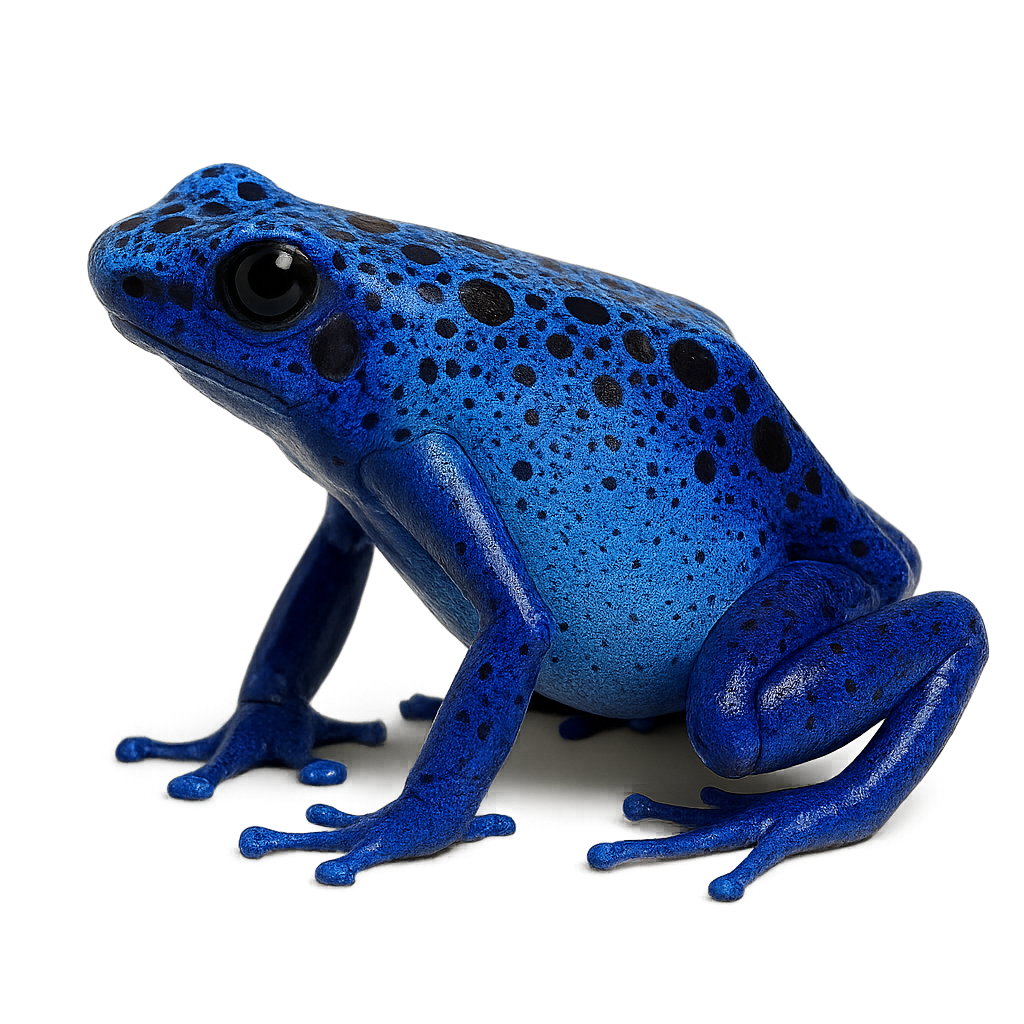Your wildlife photography guide.
Explore the poison dart frog in detail, study its behavior, prepare your shots.
Where to observe and photograph the poison dart frog in the wild
Learn where and when to spot the poison dart frog in the wild, how to identify the species based on distinctive features, and what natural environments it inhabits. The WildlifePhotographer app offers tailored photography tips that reflect the poison dart frog’s behavior, helping you capture better wildlife images. Explore the full species profile for key information including description, habitat, active periods, and approach techniques.
Poison dart frog
Scientific name: Dendrobatidae

IUCN Status: Least Concern
Family: DENDROBATIDAE
Group: Amphibians
Sensitivity to human approach: Shy
Minimum approach distance: 2 m
Reproduction period: April to July
Incubation: N/A
Births: April to July
Habitat:
Humid tropical forests, near streams and shaded areas, mainly in Central and South America
Activity period :
Primarily active during the day, with peak activity in the morning and late afternoon.
Identification and description:
The Dendrobatidés, belonging to the Dendrobatidae family, is a small frog known for its bright colors and toxic behavior. These frogs typically measure between 2 and 6 centimeters in length and are easily recognizable by their shiny, colorful skin, which can be yellow, blue, red, or green, depending on the species. They are primarily found in the humid tropical forests of Central and South America. Their diet consists of insects, small arthropods, and occasionally small worms. Dendrobatidéss are known for their toxic secretions, which serve as defense against predators. These toxins mainly come from their diet, particularly ants and beetles that contain alkaloids. Dendrobatidéss are also both terrestrial and aquatic creatures, typically laying their eggs in humid places, where their tadpoles develop in small pools of water or decaying leaves. Although fascinating, Dendrobatidéss are vulnerable to habitat loss due to deforestation and pollution.
Recommended lens:
100 mm – adjust based on distance, desired framing (portrait or habitat), and approach conditions.
Photography tips:
To photograph poison dart frogs, a macro lens is ideal for capturing the vivid colors and textured, moist skin of these tiny amphibians. Take photos when they are moving or resting on leaves, stones, or moss-covered logs. Avoid disturbing them by getting too close—keep your distance and move slowly. Use soft or natural light to avoid harsh shadows and preserve the tropical feel of their habitat.
The WildlifePhotographer App is coming soon!
Be the first to explore the best nature spots, track rutting seasons, log your observations, and observe more wildlife.
Already 1 430 wildlife lovers subscribed worldwide

